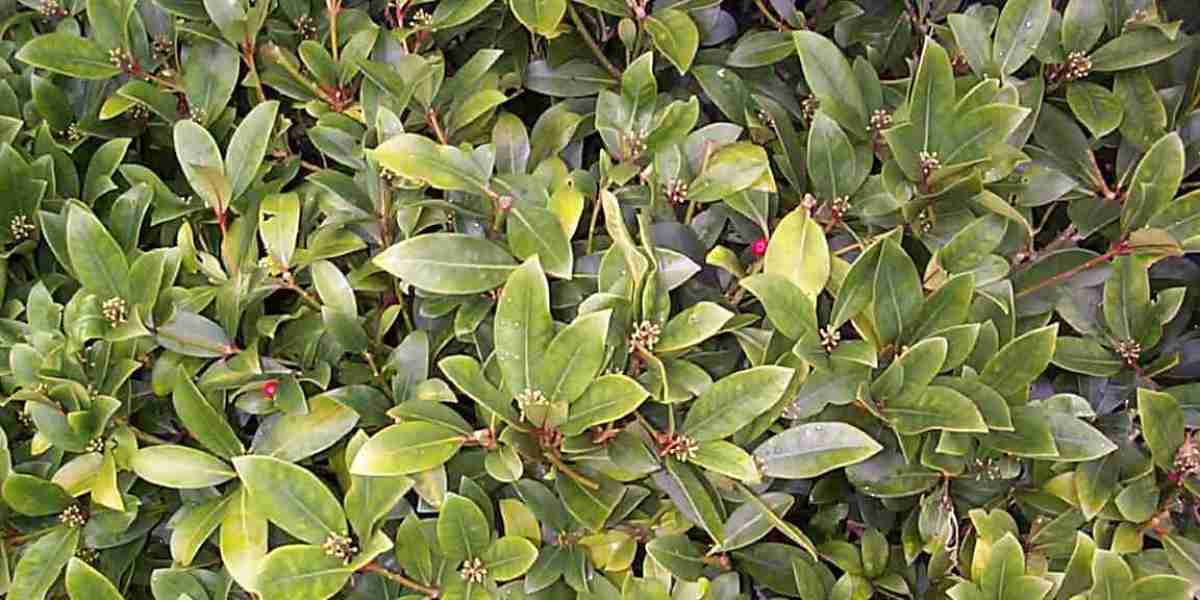However, like any cannabis plant, it is not immune to pests. Whether you're growing indoors or outdoors, pest management is a crucial part of maintaining a healthy crop. In this post, we’ll explore practical, hands-on techniques to help you keep your White Widow plants pest-free https://whitewidowseeds.com without relying on synthetic chemicals or complicated jargon.
Understanding the Common Pests
Before diving into solutions, it's important to recognize the pests that most commonly affect White Widow plants. These include spider mites, aphids, whiteflies, and fungus gnats. Each pest has its own behavior and signs of infestation. For example, spider mites often leave tiny yellow or white specks on leaves, while aphids cluster around new growth and excrete a sticky substance called honeydew.
Early Detection Is Key
One of the most effective ways to manage pests is to catch them early. Make it a habit to inspect your plants daily. Look under leaves, around the base of the plant, and in the soil. A magnifying glass can help spot tiny invaders before they become a serious problem. Early detection allows you to act quickly and avoid more aggressive treatments later on.
Natural Predators and Companion Planting
Nature has its own way of balancing things out. Introducing beneficial insects like ladybugs or predatory mites can help keep pest populations under control. These natural predators feed on harmful insects without damaging your plants.
Companion planting is another useful strategy. Certain plants, such as basil, marigold, and dill, can repel pests or attract beneficial insects. Planting these near your White Widow crop can create a more balanced and pest-resistant environment.
Neem Oil and Organic Sprays
Neem oil is a popular organic solution for pest control. It works by disrupting the life cycle of insects, making it harder for them to feed and reproduce. Mix neem oil with water and a small amount of mild soap, then spray it on the affected areas. Be sure to apply it during the early morning or late evening to avoid leaf burn from the sun.
Other organic sprays, such as those made from garlic or chili, can also deter pests. These sprays are easy to make at home and can be applied regularly as a preventative measure.
Maintaining a Clean Grow Space
Whether you’re growing indoors or outdoors, cleanliness plays a major role in pest prevention. Remove dead leaves and plant debris promptly, as these can harbor pests and diseases. If you're growing indoors, make sure your grow room is well-ventilated and free from excess moisture, which can attract fungus gnats and mold.
Rotate your crops and avoid planting White Widow in the same soil season after season. This helps prevent the buildup of pests and pathogens in the soil.
Quarantine New Plants
If you’re bringing new plants into your grow space, always quarantine them for at least a week. This gives you time to observe any signs of pests or disease before introducing them to your healthy crop. It’s a simple step that can save you a lot of trouble down the line.
Final Thoughts
Managing pests in your White Widow grow doesn’t have to be complicated or chemical-heavy. With regular observation, natural solutions, and a clean environment, you can keep your plants healthy and thriving. Remember, the goal is not just to kill pests but to create a balanced ecosystem where your cannabis can flourish. By staying attentive and proactive, you’ll enjoy a successful harvest and high-quality buds.








